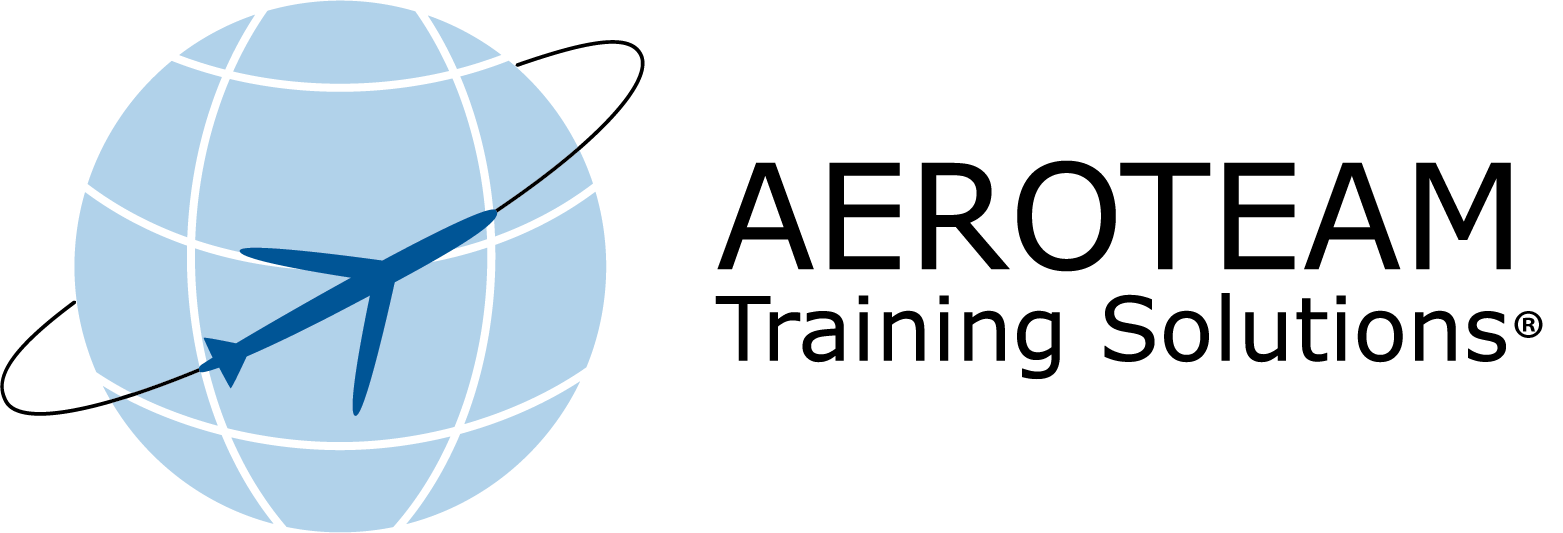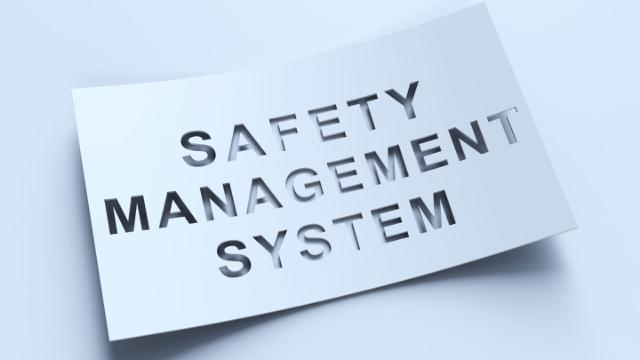
How to Overcome the Obstacles that Prevent Successful SMS Implementation
The deadline for complying with EASA’s Safety Management System requirements for all Part-145 maintenance organisation expires in the beginning of December. But how can organisations who are in despair and desperate to implement SMS as easily as possible overcome the challenges before deadline?
Loud sighs. Sweaty palms. Sleepless nights. And lots of heads in the sand. The term SMS often conjures up unpleasant physical reactions, and many organisations fear and loathe the new EASA requirement for Part-145 organisations.
But why is that, really? Safety is part of our DNA in the industry, and SMS requirements are not a new phenomenon. For instance, EASA has mandated SMS for operators for quite some time.
In this article, we touch upon the obstacles that many organisations face in light of the impending SMS deadline.
Obstacles to Overcome
There are several factors which serve as obstacles to SMS. This includes, to name a few:
- Employees displaying resistance to change or, rather, failing to understand the reason for SMS
- Unclear roles and responsibilities
- Lack of resources, time, and money allocated to the implementation
- Poor Safety Performance Indicators
- Low organisational participation and support
Not to mention how much your existing procedures, policies, and culture often obstruct your new SMS mindset.
Read more: Is Your SMS Reactive, Proactive, or Predictive?
A successful Safety Management System can easily take three to five years to implement. This is just to provide you with an estimate of how long the process is, and why it is crucial to dedicate enough resources to its success. In addition, SMS requires continuous improvement, evaluation, and adjustments to meet the increasing demands that comes with a dedication to safety, efficiency, and compliance.

The purpose of SMS is to systematically identify, assess, and mitigate
safety risks to ensure the highest standards of safety across all operations.
Culture, Communication, and Collaboration
The million-dollar-question, however, is how organisations can overcome these obstacles.
Firstly, SMS is all about teamwork, transparent communication, and an organisational culture which supports the process. Many organisations tend to go above and beyond to ensure SMS compliance. But overkill is not the best approach. Unless your goal of course is to kill all motivation and willingness to adapt. Instead, SMS should be as simple and easy as possible for the organisation to understand and adhere to.
Secondly, SMS cannot be a quick process. In fact, your organisation would benefit from SMS becoming a continuous process in which you have time to evaluate, assess, and modify your initiatives based on the feedback you receive from your employees.
Read more: Employee Inputs Are Crucial to a Functioning SMS
Thirdly, training in SMS helps inject the good principles into the culture. At the same time, your employees will increasingly take ownership of the process, if they feel included and listened to. Proper SMS training can facilitate those feelings.
SMS: Safety Is a Continuous Effort
Fair enough. You might be able to breathe a sigh of relief on December 2, because you are compliant. But that does not mean that SMS can be filed under ‘Completed Tasks’ just yet.
In fact, SMS is a continuous effort to improve safety, ensure quality, and manage risk. But do not bake a bigger bread than you can eat. Make sure to structure your SMS work around simple measures that are easy to understand, manage, and adjust to.
Remember. Safety is not an inconvenient duty mandated by EASA. Safety is a mindset. A responsibility. A must.
Read more: Safety Management: Examining the Four Pillars of SMS






